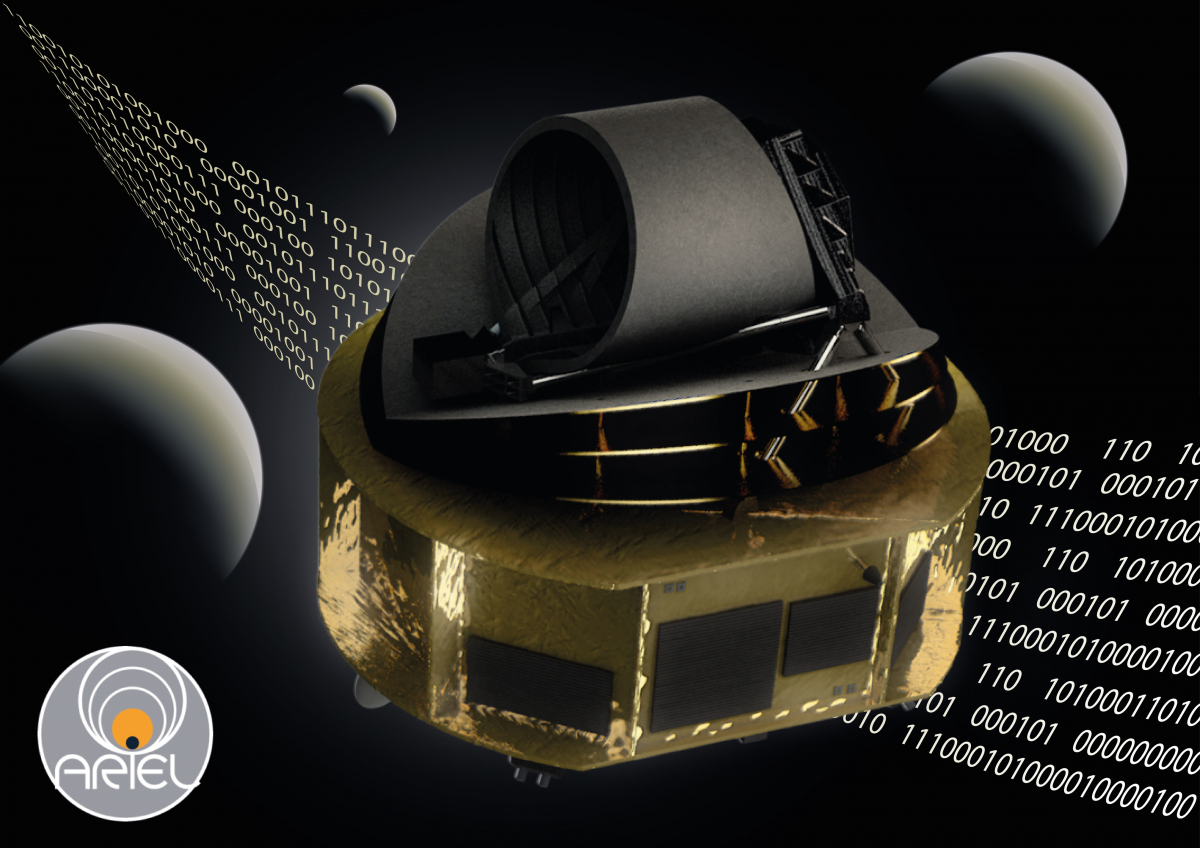The future European mission dedicated to exoplanets has moved from the study phase to the implementation phase. The offers from industrialists for the construction of the satellite are now awaited.
Understanding the formation of solar systems
Ariel (Atmospheric Remote-sensing Infrared Exoplanet Large-survey) is a project of a European space telescope observing in visible and infrared light. Placed at
Lagrange L2 of the Earth-Sun system, it is to probe the atmosphere of 500 to 1,000 exoplanets orbiting stars close to our Sun, between the size of Neptune and that
of super-Earths, over a period of four years.
The studies will focus on "hot" exoplanets (temperatures above 400 K, 120°C) with a dynamic and well-mixed atmosphere.
Determining their chemical composition and the physical conditions there will provide a better understanding of the process of solar system formation.
Launch in 2028-2029
Selected in 2018 as part of the European Space Agency's Cosmic Vision programme, the Ariel mission was definitively adopted on 12 November at the
meeting of the Scientific Programme Committee, closing the study phase and paving the way for the first work to be carried out.
Industry is now invited to submit bids to supply all Ariel equipment and systems.
The selection of the prime contractor, who will be responsible for building the satellite, will take place around next summer.
Ariel is scheduled to be sent out in 2028 or 2029 using an Ariane 62 launcher operated from the Guiana Space Centre.
Another ESA-led mission, Comet Interceptor, will also be on the trip.
International mission
Ariel brings together more than sixty research institutes in fifteen European countries, the two main partners being France and Italy.
The mission is coordinated by Italian physicist Giovanna Tinetti, professor of physics and astronomy at University College London, and Uksa, the UK space agency.
The Airs spectrometer (Ariel InfraRed Spectrometer) that will equip the telescope will be delivered under the responsibility of the CEA, CNES and CNRS.
The United States is also involved by supplying elements of a second instrument, the FGS (Fine Guidance System), developed by Nasa.

